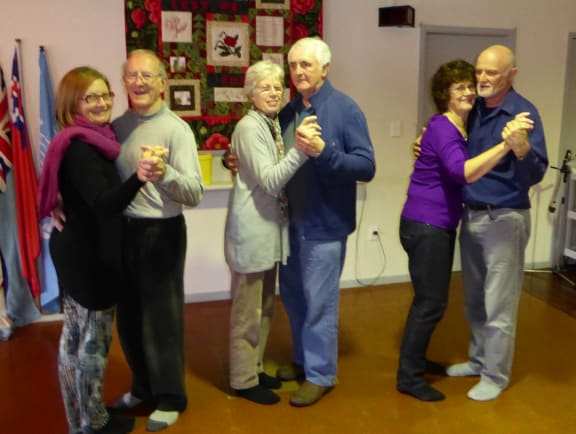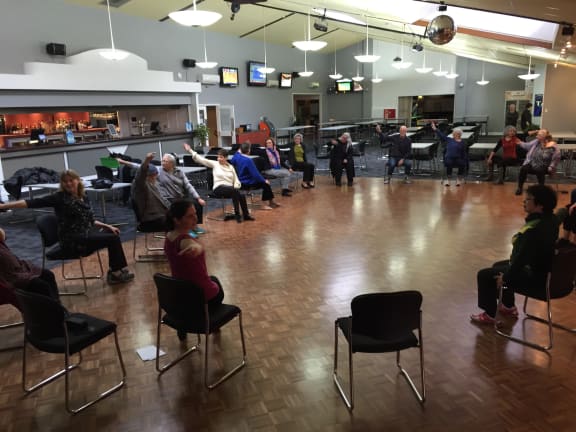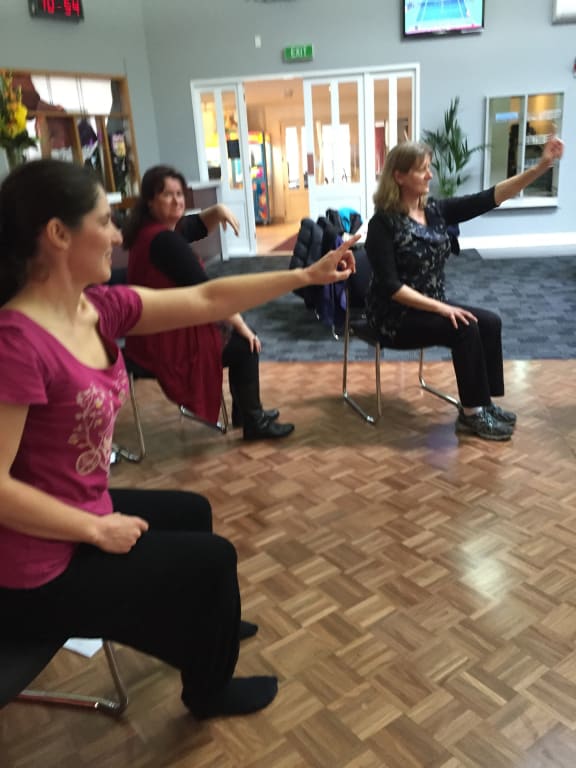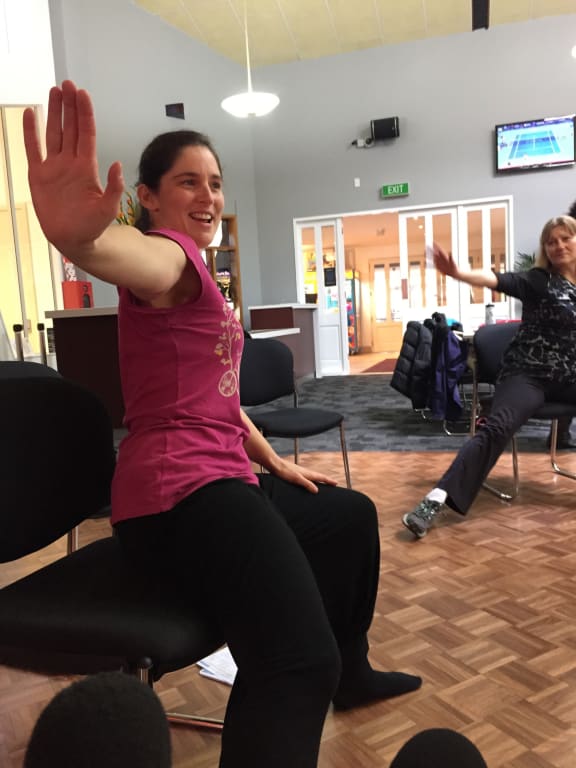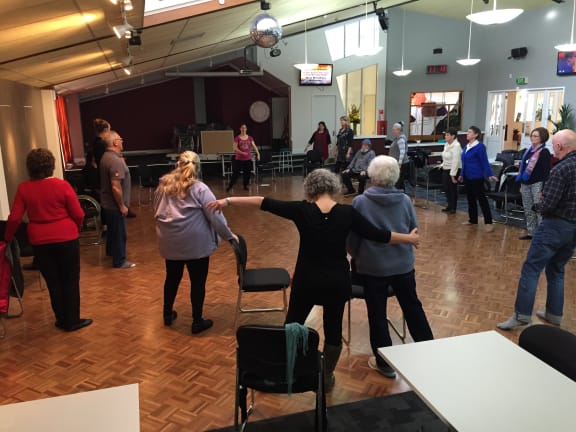This Way Up for Saturday 29 August 2015
Dance treatment
The role of dance and movement in helping people who suffer from stroke, Parkinson's disease and other neurological conditions.
Traditional thinking was that if your brain gets damaged through injury or disease then the damage is irreparable.
But there's growing evidence that's not the case, and increasingly the brain's being viewed as a muscle that can be retrained, making new neural connections and rewiring brain cells.
For the past 15 years, since it started up in New York, Dance for PD has been offering dance classes for people with Parkinson's disease. It's now an international organisation running classes in11 countries including in New Zealand.
This Way Up visits a local class run by physiotherapist Rachel Horwell and meets the participants. These include Cheryl Cameron and Ian Jenkins who add some Latin flavour in their Therapeutic Tango for Parkinson's classes.
Reprogramming cells
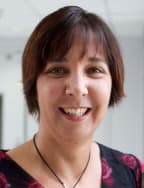
Bronwen Connor. Photo: Supplied.
Bronwen Connor and her team at the University of Auckland are building on work done by the Nobel Prize winner Shinya Yamanaka.
She's looking for ways to reprogram human cells with the aim or treating brain injuries and diseases like Parkinson's and Huntington's.
Bronwen and her team can take a donor's skin cell and reprogramme it into a brain stem cell, raising the prospect of easier stem cell therapy free of regulatory constraints.
Tech news
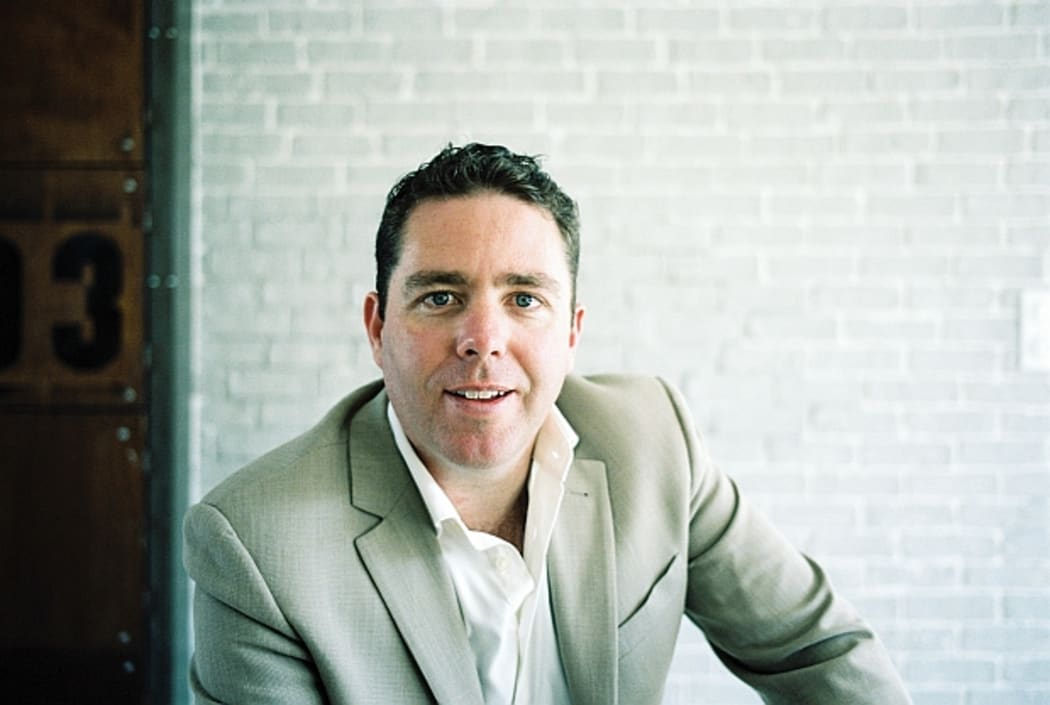
Tech commentator Peter Griffin. Photo: Supplied
Peter Griffin with technology news and YouTube launches its own gaming channel. Also the Government wants to review the laws that regulate broadcasting and telecommunications as more of our lives move online; from advertising on public holidays to the way political parties campaign on social media, they want our feedback.
This Way Up 29 August 2015: Part 2
Cuckoos, flu vaccines and and the potential link between microbes and premature birth.
Nick Davies' cuckoos
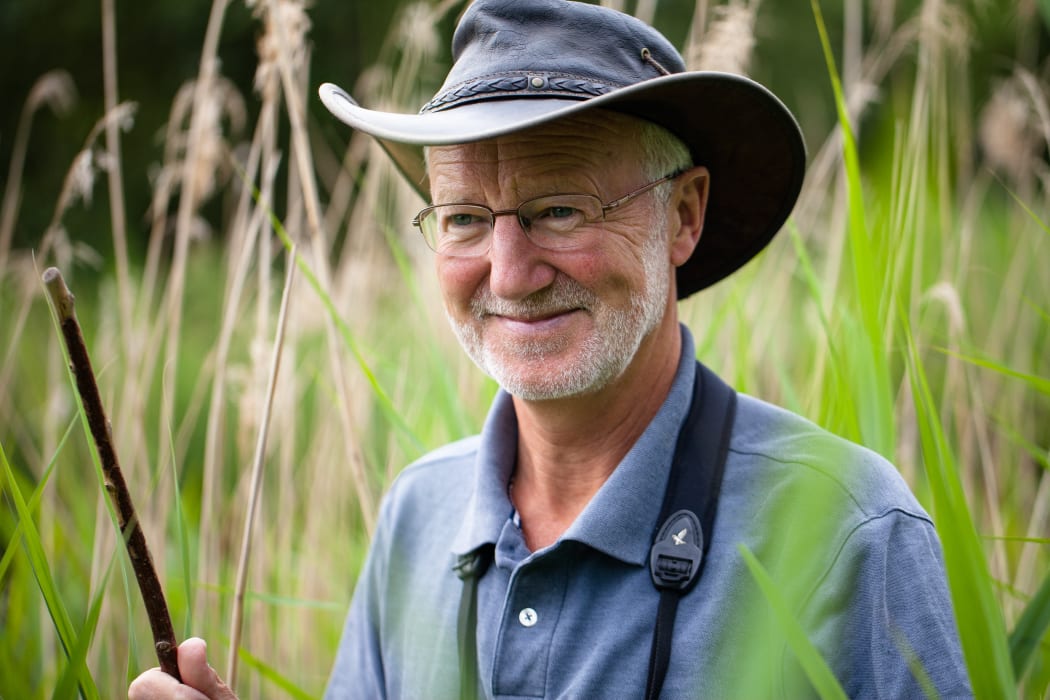
Nick Davies. Photo: Supplied.
The cuckoos, both shining and long-tailed, are about to arrive in New Zealand after their annual holiday in the Pacific.
But as well as being the harbinger of spring, the cuckoo is also one the most deceitful animals on the planet!
Many species of cuckoo parasitise a host species by mimicking their eggs, killing their young, and then demanding to be fed before leaving the nest. So how does it get away with it?
The English naturalist Nick Davies has been watching the cuckoo for over 30 years and his book Cuckoo: Cheating by Nature is published by Bloomsbury.
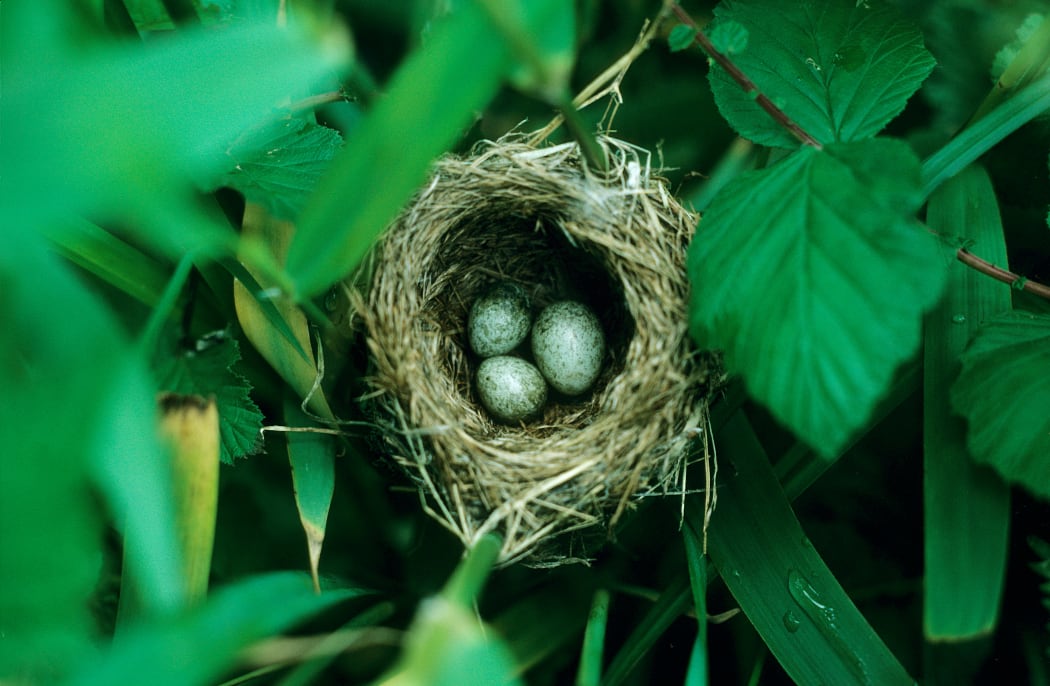
Cuckoo egg (right) in a reed warbler nest. Photo: Nick Davies.
Science: flu vaccines
Dr Chris Smith on an artificial form of photosynthesis that can turn carbon dioxide into methane gas and Dutch scientists think they've found a vaccine that can protect from all sorts of different strains of flu.
Microbes and premature birth
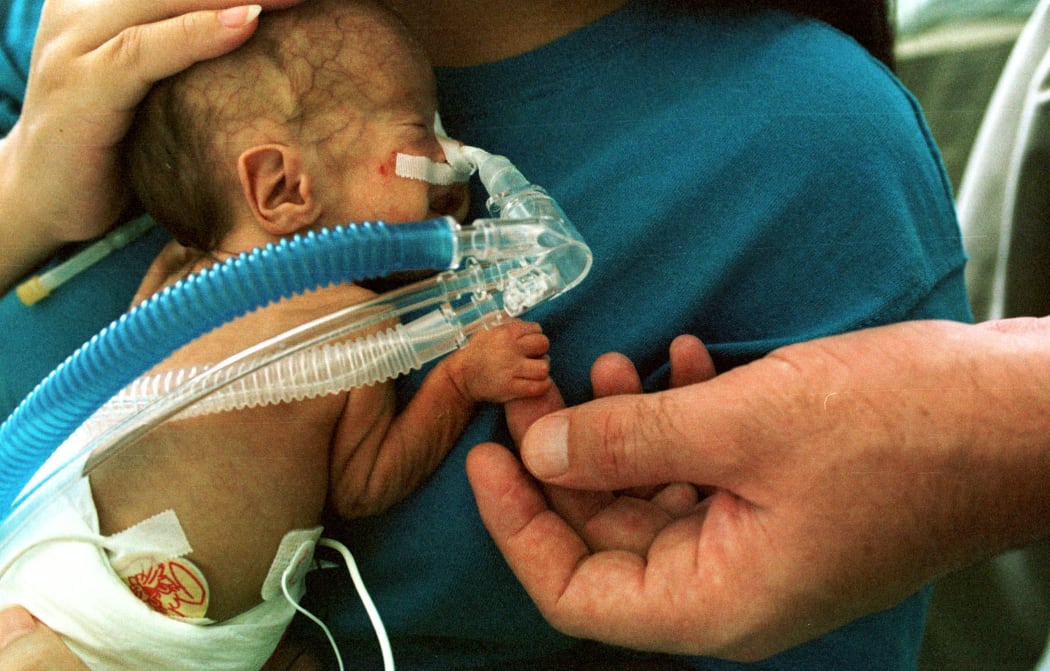
A premature infant. Photo: Public Domain
About 1 in 10 of us are born prematurely or pre-term, defined by The Ministry of Health as anything under 37 weeks' gestation.
Being born before your due date can be bad for your health, with higher rates of infections, breathing and feeding problems, a greater risk of neonatal death, and other problems that linger into adult life.
So the idea of an early warning system for mothers at risk of giving birth early could be a powerful tool.
The key looks like it could be found in our microbes. Professor David A. Relman from the Department of Medicine and the Department of Microbiology & Immunology at Stanford University is studying the colonies of bacteria living inside an expectant mother in the early stages of pregnancy.
